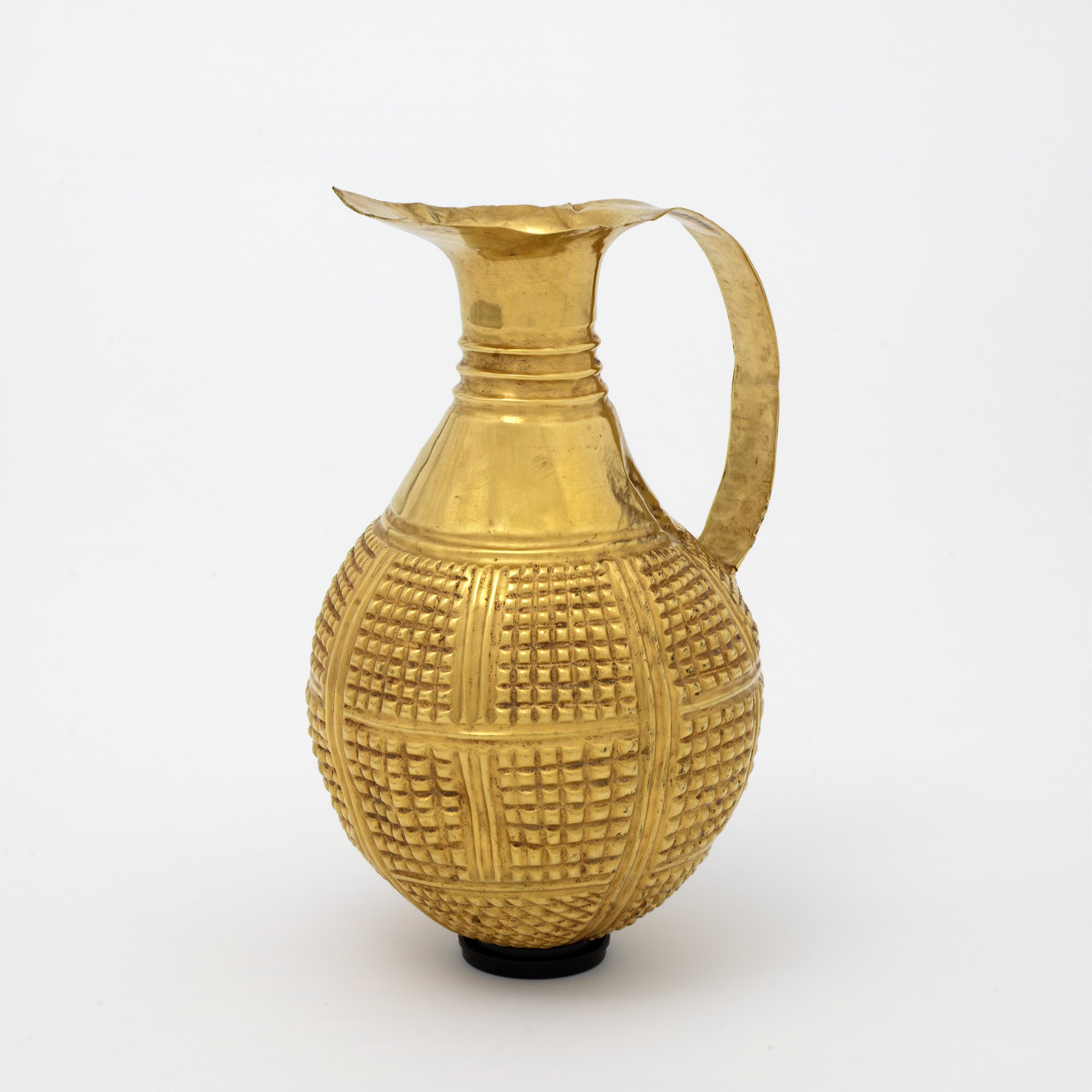
A golden ewer dating to around 2500 BC has been returned to Turkey after the Anatolian object, on long-term loan to the V&A and a part of the Gilbert Collection, was discovered to have been bought by a dealer who had traded stolen antiquities.
The collection of fine objects and decorative art of American, British-born collector Arthur Gilbert is housed on long-term loan at the London museum although the 4,250-year-old ewer was not on display as it was the only classical antiquity in the 1,200-item collection.
The Gilbert Trust discovered the truth of the provenance of the object—one of the most important pieces in the collection—after hiring the specialist Jacques Schuhmacher to check into possible Nazi-looted objects. Schuhmacher uncovered that the dealer who had sold the ewer to Gilbert was now known to have dealt in stolen items. Gilbert, who died in 2001 at age 88, had bought the ewer from Los Angeles dealer Bruce McNall for $250,000 in 1989.
“Like most collectors of his time, Arthur Gilbert acquired various pieces without asking in-depth questions about their provenance, which is why it is important to conduct this research today, not only to increase our knowledge, but also to ensure that the Gilbert Trust can act as an ethical steward of the collection,” said Schuhmacher in a statement.
McNall, who sold the work to Gilbert, said he had bought it from the Swiss-based collector Fritz Bürk—it emerged that the latter had connections to the convicted trafficker Giacomo Medici, according to The Art Newspaper. At the time that the purchase was made, these names would not have caused alarm but today they raise serious concern.
As soon as these connections were established, the ewer had to be removed from museum property and sent back to Turkey immediately, in accordance with U.K. law.
The restitution was executed by the V&A, The Gilbert Trust, and the Turkish culture ministry. The piece will go on display in the Turkish capital Ankara at the Museum of Anatolian Civilizations.